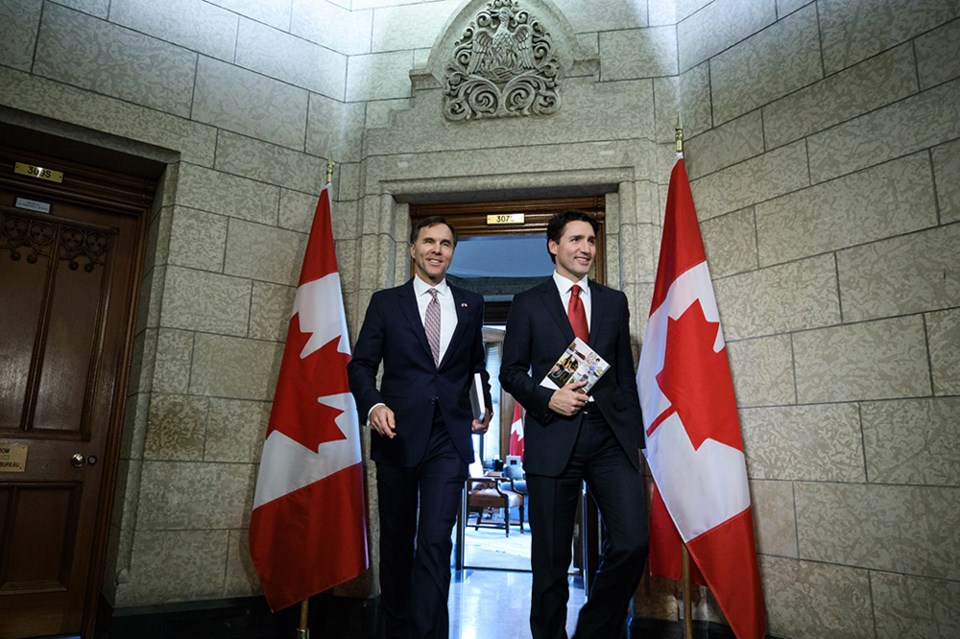The deficit got bigger – and it’s not expected to go down quickly.
The federal government’s budget, released March 22, comes with a $28.5 billion deficit in 2018.
According to Bill Morneau, the finance minister, this is going to be a common thread for the next five years with little decrease in the deficit.
That is concerning for Randy Hoback, MP for Prince Albert. He said with little economic growth forecast, what is the government’s plans for stimulating the economy to pay that deficit back.
“Our kids and our grandkids are going to paying higher taxes down the road to pay this money back. That’s very concerning.”
However, according to Goodale, the focus should be on Canada’s debt to GDP ratio that is sitting at 31 per cent, the best of the G7 countries.
That should be the focus, said Ralph Goodale, Liberal MP for Regina — Wascana,, not the size of the deficit.
Not as much growth
Professor Charles Smith with the University of Saskatchewan Department of Political Science said the government is still struggling with low commodity prices, something that plagues both the federal and provincial governments.
Goodalesaid the same about economic growth in the country, saying the economy is just not generating growth and jobs.
The areas that the government are investing in are ones that are going to grow the economy, said Goodale.
“We’ve noticed now in the last quarter that those investments are paying off because we’ve seen the unemployment rate come down substantially. We’ve seen the job creation rate go up. And we’ve seen the overall economic growth rate coming in at 2.5 per cent, which is the best that’s been in a very long time.”
Statistics Canada said the unemployment rate has fallen from 7.1 per cent in November 2015 to 6.6 per cent in February 2017. In terms of job creation, 154,000 part-time jobs were created in 2016, with little change made to the number of full-time ones.
Infrastructure
Hoback also sees little value coming to rural areas when it comes to investments in infrastructure. Hoback said he sees more money being offered to “large, transformative projects,” according to the budget document.
Smaller communities may have projects with a price tag around a million to a million and half dollars but that will not be enough to be eligible for government funding through the Canada Infrastructure Bank. Beyond that, there is little background support for projects every community is vying for, said Hoback.
“There’s so many community with need, your chances of getting money out of that [Building Canada] fund is so small.”
Agriculture
As a whole, Ian Boxall with the Agricultural Producers Association of Saskatchewan fears for the country because the government cannot keep running huge deficits. But for the agriculture industry he sees a lot of good coming out of the budget for Saskatchewan producers.
Increases to investments in agri-food and rural internet access are two things that Boxall says Saskatchewan should receive more of their fair share.
Like Hoback, Boxall is also worried about the changes that are possible to deferred cash purchase tickets on grain shipments.
“That’s a tool a lot of guys use,” said Boxall and he wants to make sure people make it out to the public consultation on May 24.

.png;w=120;h=80;mode=crop)


